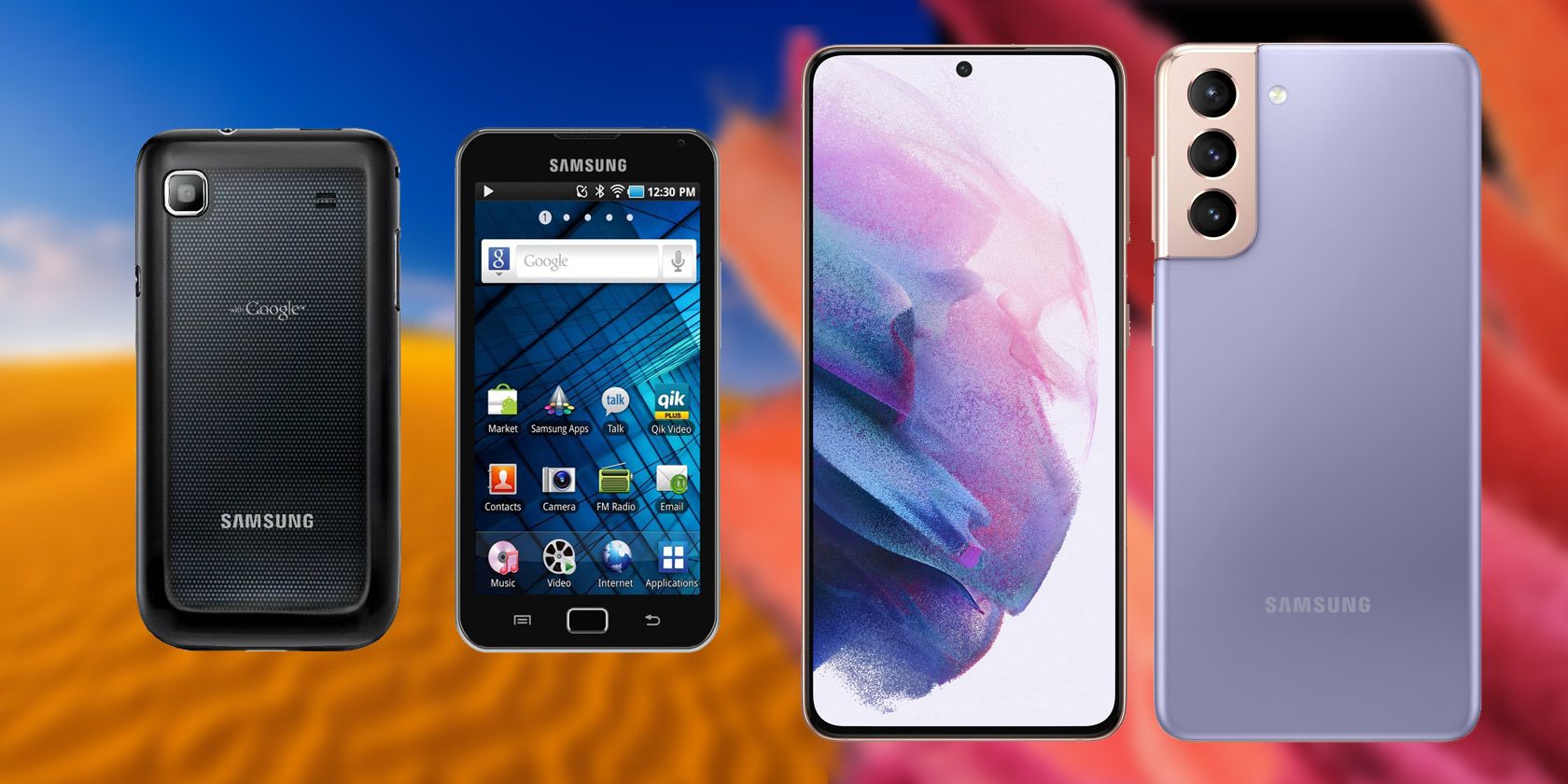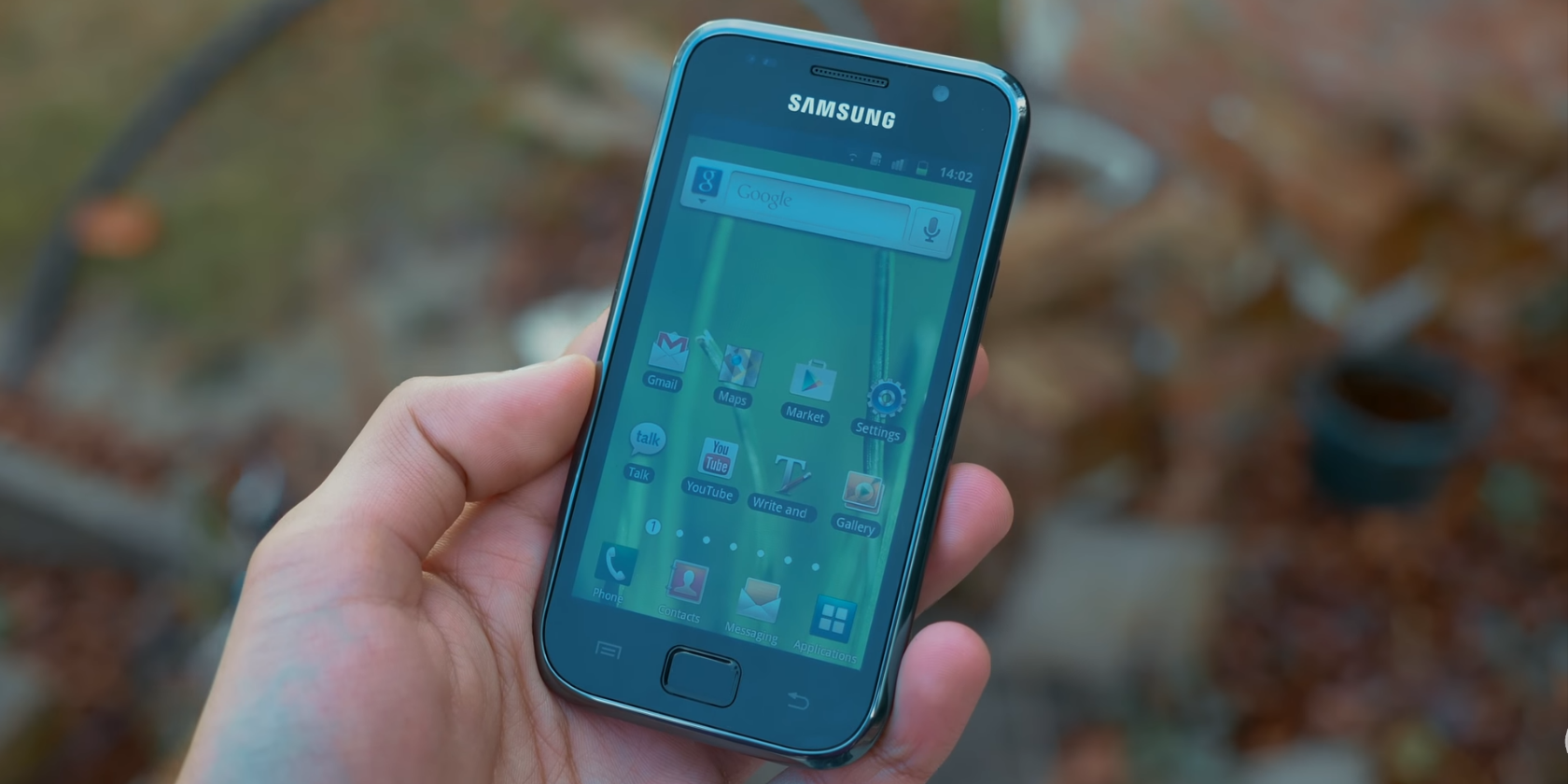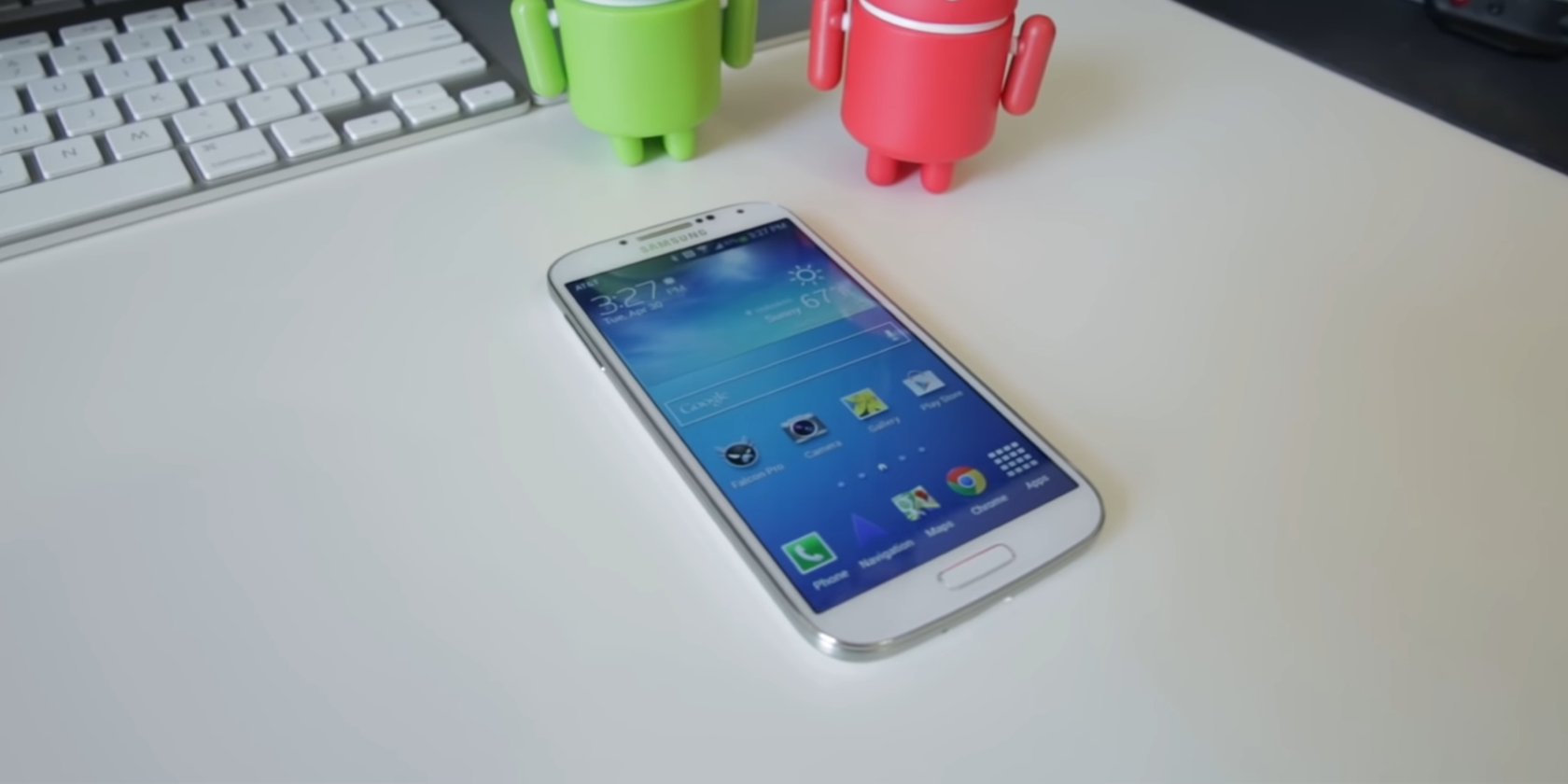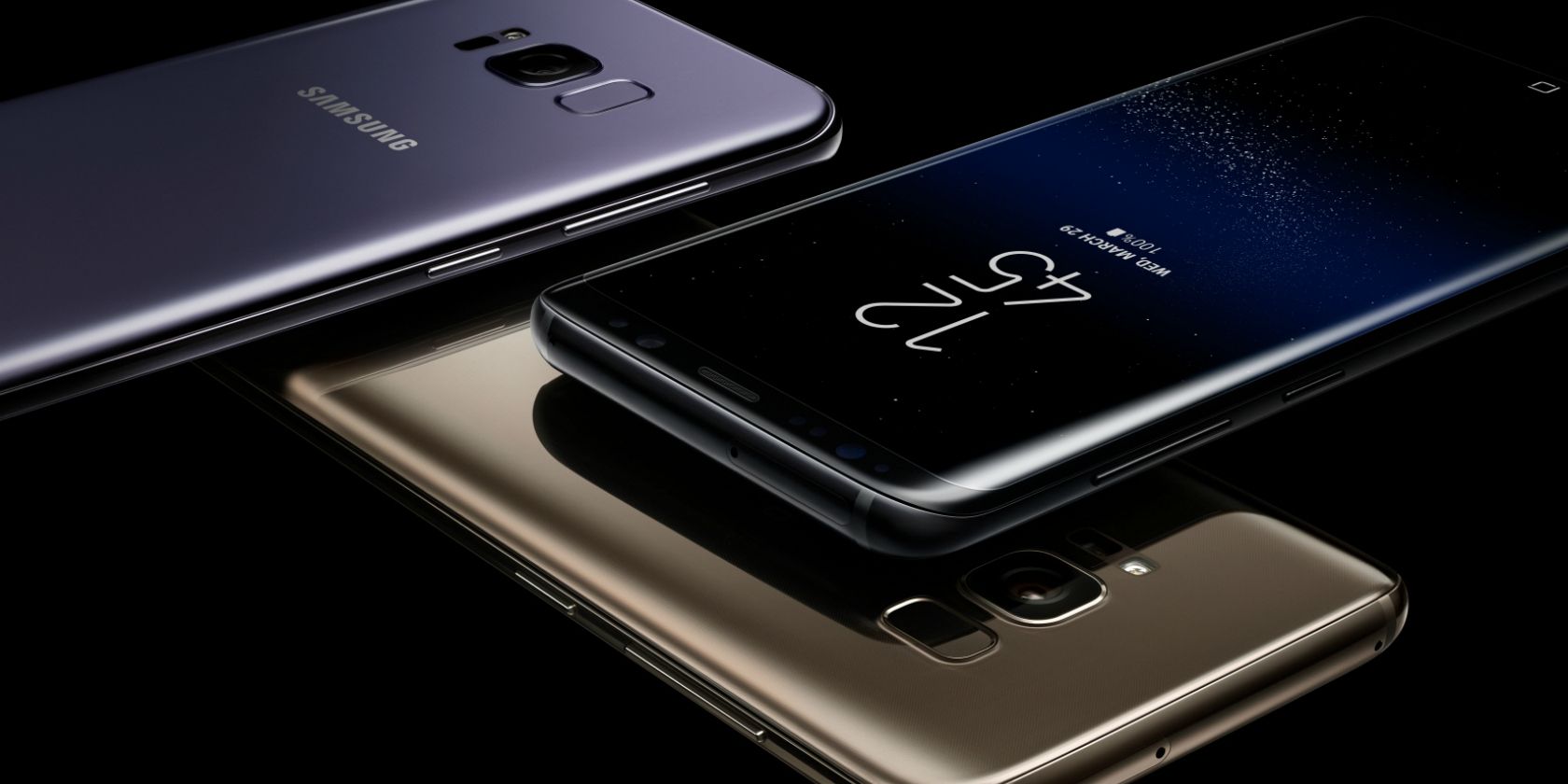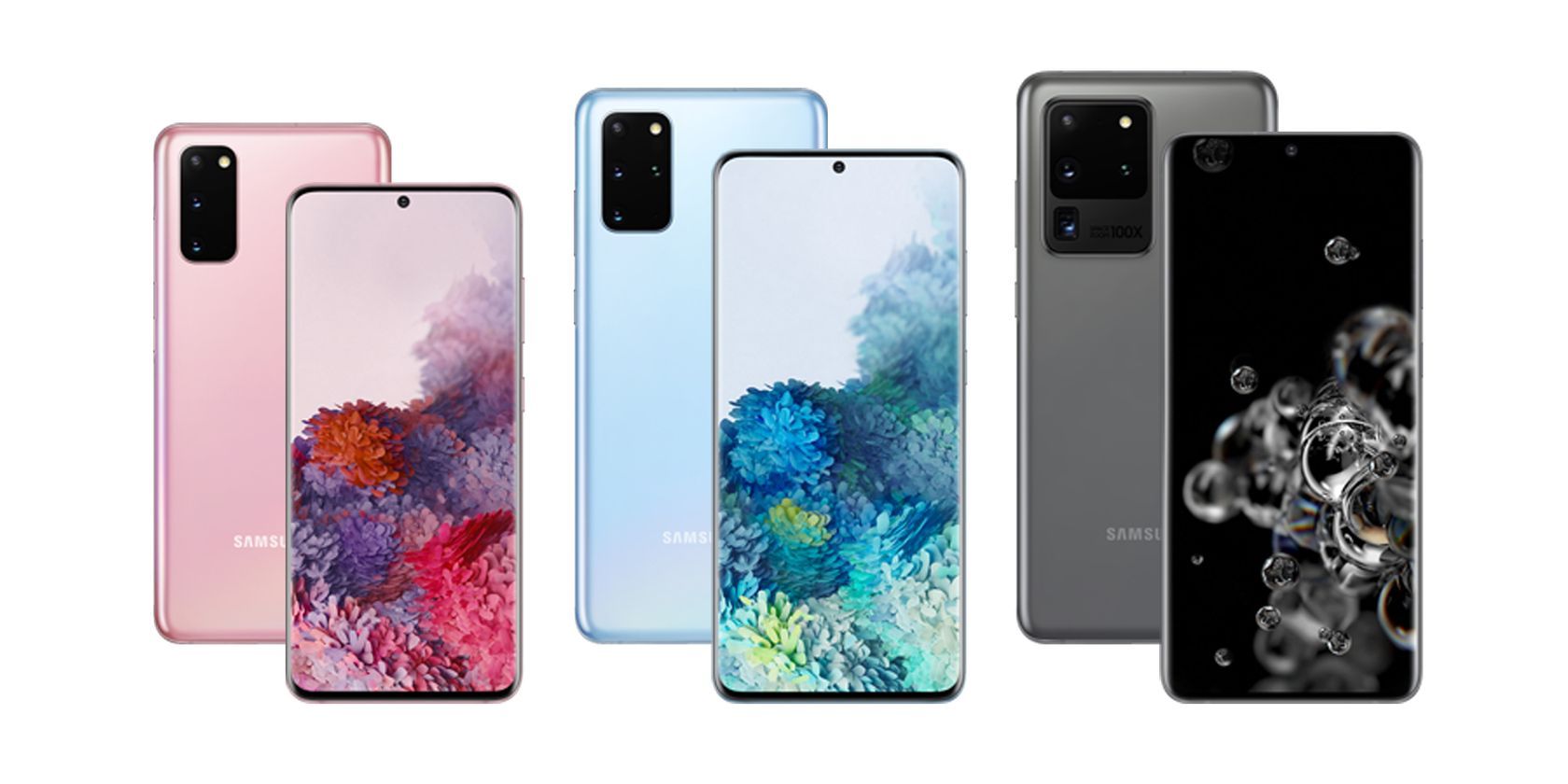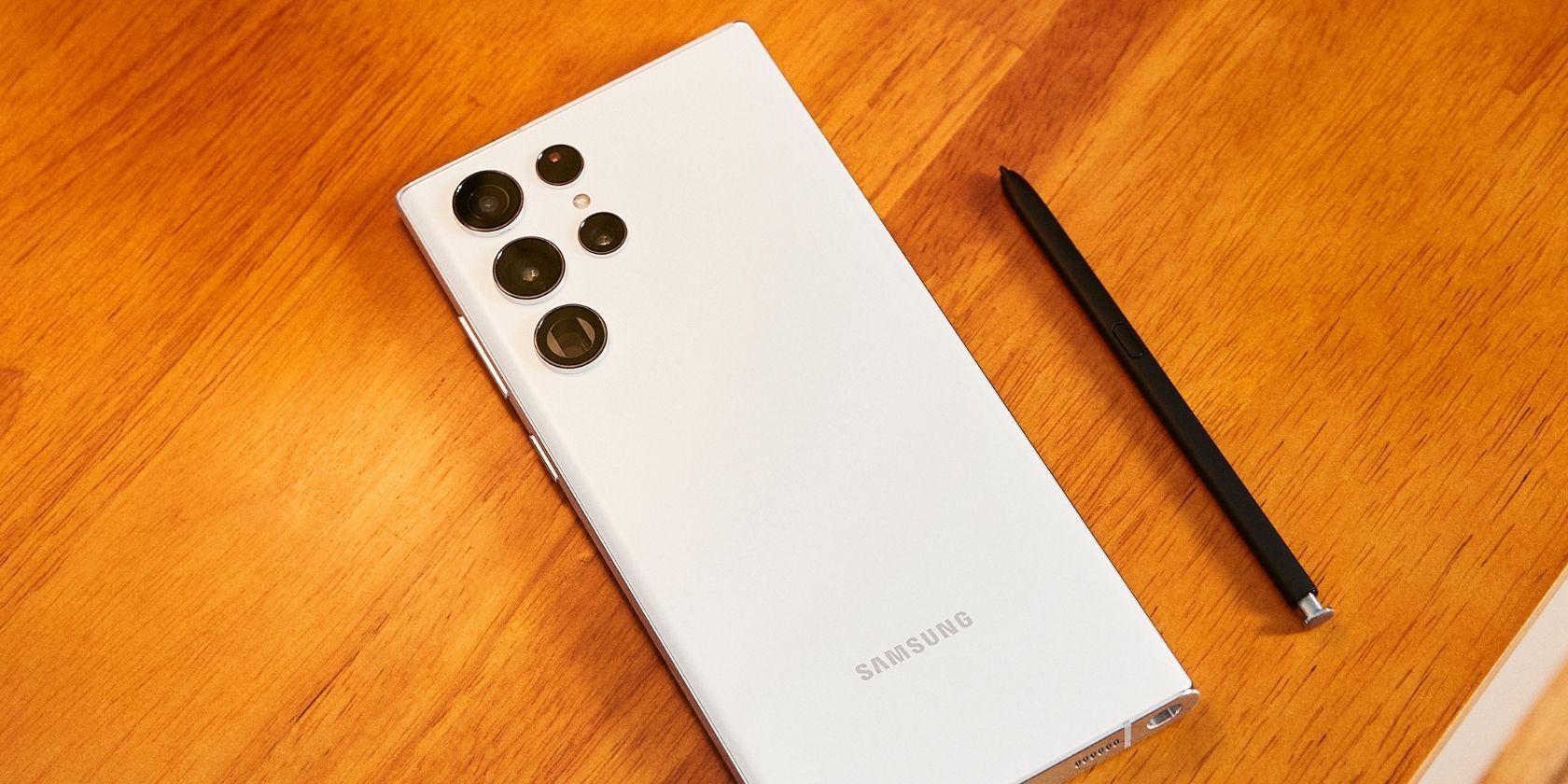Samsung's flagship lineup, the S series, has been a vehicle for the company's innovation for over a decade. The series has pioneered some of the most revolutionary technologies that contributed to shaping the look and feel of Android devices.
What helped the series rise to fame was not the intensity of its innovations or over-the-top features, but its consistent improvements year after year. Let's take a look back at the evolution of the iconic Galaxy S series.
2010–2012: The First Galaxy S Phone
Being the first of its kind, the Galaxy S had a lot of expectations tied to its name. Fortunately, the device was a big hit and sold over 20 million units. Its Super AMOLED display and 512MB of RAM were considered ahead of their time and the raw power on the device was enough to attract enthusiasts.
Next year, in 2011, the Galaxy S2 launched with Android 2.3 out-the-box and saw Android 4.1.2 as its last update. One variant of the device housed a Qualcomm chipset—the first-ever in a Galaxy S phone. The device sold 40 million units despite having non-uniform features across its multiple variants.
Seeing this success, the Galaxy S3 needed to carry that bandwagon further—and it did. Selling 70 million units, it matched the iPhone 5's sales in 2012. Some variants of the device carried 1GB of RAM while others had 2GB. Despite this confusion, the S3 was a big hit.
2013–2015: Awkward Transitions
In 2013, Samsung took the pebble-shaped S3 and made a ton of new improvements for the S4, like a design refresh, a 13MP rear camera, and ditched the Roman numerals (the S3 was officially called the S III). It worked. The Galaxy S4 sold 80 million units—beating the iPhone 5S which sold 52 million units.
In 2014, just when things were starting to go from good to great, Samsung hit a massive bump on the road. The 4K-compatible Galaxy S5 sold just 12 million units in the first three months despite being a fan favorite. To compare, the S4 sold 10 million units in one month; the iPhone 6 and iPhone 6 Plus sold 10 million units in three days.
By 2015, the S series sort of went through puberty. Samsung ditched the removable plastic back and went for a premium all-glass back with its Galaxy S6 and Galaxy S6 Edge. It was the first Samsung flagship to have OIS, slow-motion video, and a special curved-glass front display. Despite all that, the two variants combined sold a total of 45 million units.
2016–2018: Goodbye TouchWiz, Hello One UI
In 2016, the Galaxy S7 lineup brought back the microSD slot and an IP rating and replaced TouchWiz with a much better Android skin called Samsung Experience. Combined, the S7 and S7 Edge sold 55 million units—marking a comeback.
In 2017, the Galaxy S8 and S8+ sold just 41 million units, not because they were bad phones, but because of the infamous Galaxy Note 7 incident which caused many prospective buyers to skip the Galaxy S8 series as well out of fear.
Ignoring that, the Galaxy S8 lineup was a big upgrade in a lot of ways. It trimmed the bezels, ditched the physical home button, debuted Samsung's native voice assistant Bixby, and switched to a USB-C port. A big problem with the device, however, was that its fingerprint sensor was placed beside the rear camera which made it unreachable and hence unusable.
In 2018, Samsung fixed the design problem with the S9 line, added a second rear lens on the S9+, and launched the beloved One UI Android skin. Sadly, the S9 and S9+ only sold 35 million units despite the powerful Snapdragon 845 chip, 256GB of expandable storage, and 4K video capability. Clearly, the Note 7 incident was still on people's minds.
2019–2021: Next-Gen Samsung Smartphones
For the S10 line, Samsung launched four devices in total in 2019: the vanilla S10, the high-end S10+, the budget-friendly S10e, and the future-proof S10 5G. The series sold 37 million units in total excluding the S10 5G.
The lineup debuted a lot of major changes including a design overhaul, a hole-punch selfie camera, improved camera quality, up to 1TB of internal storage, bigger displays, and an ultrasonic fingerprint sensor on all models except the S10e. It even retained the headphone jack and microSD slot.
In 2020, Samsung skipped the S11 branding and jumped straight to S20 instead. This meant Galaxy S phones would now align with the year of their launch. The S20 family had four members: the vanilla S20, the high-end S20+, the maxed-out S20 Ultra, and the affordable S20 Fan Edition (FE).
The phones had a Snapdragon 865 chip, 120Hz display, 8K video on the Ultra variant, and plenty of RAM, storage, and battery, but sadly no headphone jack. Since the series started at $999 for the vanilla S20, it's no wonder why the $699 S20 FE was more popular. As expected with that price, the S20 family only sold 28 million units.
In 2021, the Galaxy S21 series sold roughly 20 million units in total despite being cheaper and better than its predecessor—making it Samsung's worst-selling year so far. It wasn't all Samsung's fault, though, as part of the reason why the Galaxy S21 series failed was due to rising COVID-19 cases in Vietnam where Samsung manufactures most Galaxy devices.
2022 and Beyond: The Return of the Note
In 2022, Samsung decided to merge the Galaxy S and the Galaxy Note brands due to the increasing similarities between the two. From this point on, the "Ultra" model would represent the best that Samsung has to offer. Consequently, this made the Galaxy S22 Ultra the first Galaxy S phone with a built-in S Pen and a boxy design.
The S22 series sold roughly eight million units in the first three months alone but has reportedly not hit Samsung's target of 30 million units. Aside from global inflation, part of the reason for this is that an increasing number of Samsung users are switching to the foldable Galaxy Z series given its novelty.
In 2023, the S23 and S23+ got a design refresh, but the Galaxy S23 Ultra retained the same look as its predecessor and introduced a new 200MP camera with video quality almost as good as the iPhone. Samsung also got rid of its in-house Exynos processor for a custom overclocked Snapdragon chip—dramatically improving performance and battery life.
The Galaxy S Series Shaped Android
For the longest time, Galaxy S devices have been the go-to Android smartphones for a lot of people. This retrospective review clearly explains why. Samsung managed to bring something new to the market with each generation.
Whether it's thin bezels, AMOLED displays, punch-hole selfie cameras, or a built-in stylus, Samsung has experimented with everything. Some innovations stuck, while others didn't. Regardless, the Galaxy S series continues to act as an instruction manual for a lot of Android phone manufacturers.

